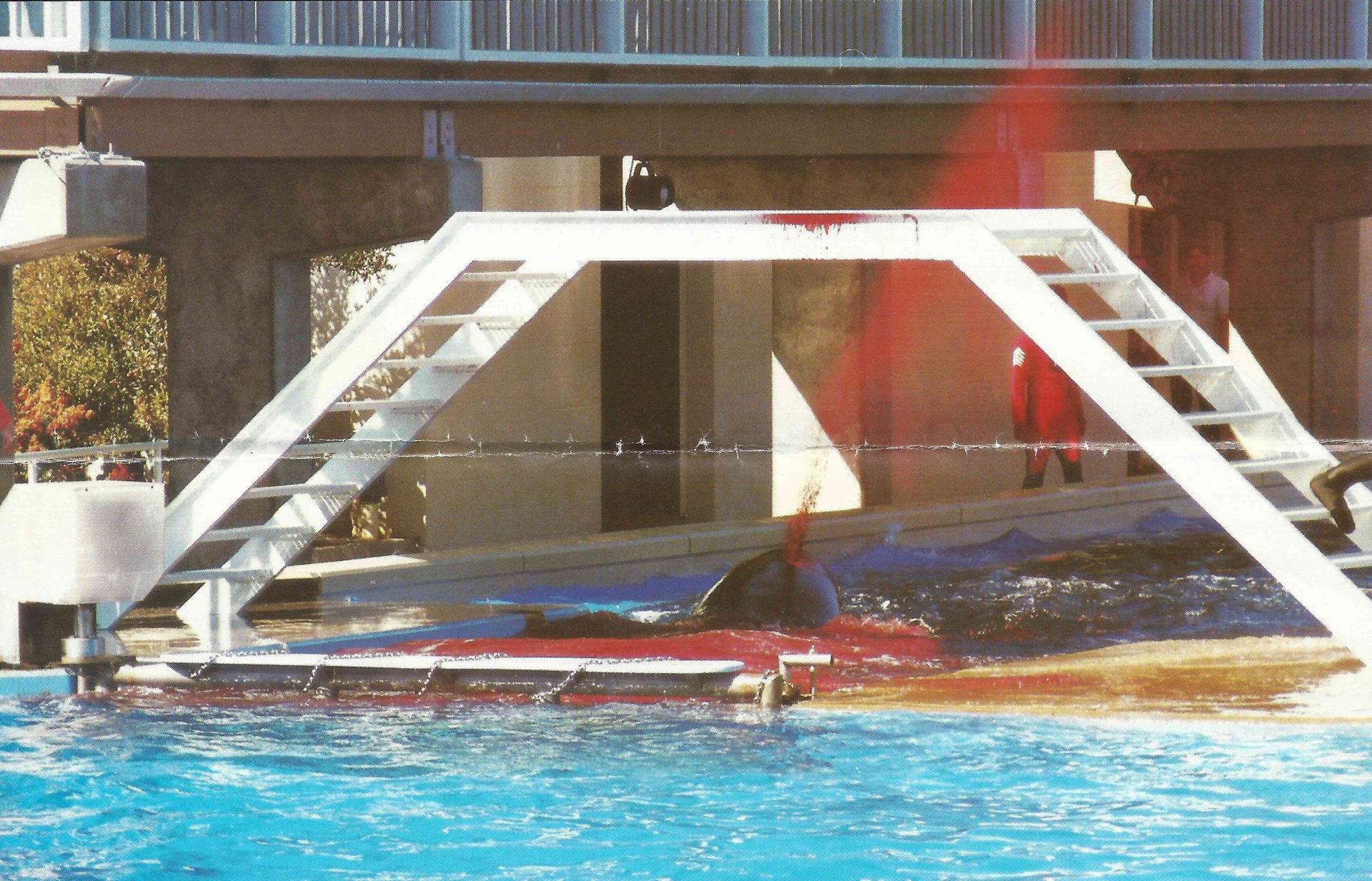Everyday people are furiously saving US federal data before it’s deleted—and you can, too
For some, it’s a form of activism. For others, it’s a hobby. Regardless of motivation, the movement to save digital data before it gets erased from government websites is suddenly in vogue—and it’s surprisingly easy for just about anyone to do.


For some, it’s a form of activism. For others, it’s a hobby. Regardless of motivation, the movement to save digital data before it gets erased from government websites is suddenly in vogue—and it’s surprisingly easy for just about anyone to do.
Across America everyday people have found they can save, store, and upload government reports and data from the comfort of their own living rooms. The tool kit requires very little: internet access and a downloadable plug-in program.
Of course, there are large-scale, professional data harvesting operations, including one at the University of California-Los Angeles, that have been saving data as US president Donald Trump establishes his administration. Such operations sprouted up to defend against deletions of valuable information from federal agency websites, as often happens when a new party takes power. And, indeed, during Trump’s early days in office, LGBTQ workplace discrimination, animal welfare (paywall), and solar power reports were scrubbed, prompting outcries from the scientific community.
But it doesn’t take a group of tech-savvy tech geeks at a fancy university to preserve most of that same data.
Russ Kick has been working out of his home in Tucson, Arizona since 2002, during the George W. Bush administration. When he isn’t working his day job as a freelance writer and editor of classic literature anthologies, he busies himself by browsing and downloading thousands of government reports. As a hobby, he runs a website, Memory Hole 2, on which he makes public the data he prunes from government sites.
Data disappearance isn’t an partisan issue. All sorts of information disappeared from government websites under former presidents George W. Bush (a Republican) and Barack Obama (a Democrat). Kick said that the Trump administration hasn’t moved at an unusual pace, but his disregard for transparency (not releasing his tax returns, for example) and campaign-trail rhetoric set off archivist alarm bells, including his own.
“I have this mistrust of authority and it all kind of came together with the Memory Hole website,” he said. “It’s been kind of a progression because I’ve always loved research, in general, and I’ve always liked finding out things that have been kept from us.”
Kick saved the information on animal welfare from the US Department of Agriculture’s Animal and Plant Health Inspection Service website before it was removed and published it to his website. Since then, the Agriculture Department has said it is reviewing the decision to remove it and animal rights groups have filed a lawsuit (pdf) to compel the government to make the data public again.
The ordinary people doing work like Kick’s use off-the-shelf technology. “I don’t have anything sophisticated,” Kick said. “The most advanced thing I have is an add-on by Firefox called ‘DownThemAll!’ and it will download every file that’s on a page.”
With the add-on, Kick can visit government website pages, right-click his mouse, and then instruct his plug-in to vacuum up and save all those files to his computer. Similar plug-ins are available for other browsers, including the Chrono Download Manager for Google Chrome users. As a precaution Kick saves a backup of the files to a 1-terabyte external hard drive he keeps in his home.
Going rogue
The clarion call for many of these everyday activists is the idea that by collecting as much at-risk information as possible, the work could alter history. That’s one of the driving principles for Michael Best, who has been hunting down and saving government data to “That 1 Archive” from his Pennsylvania home office since 2015.
He’s a true believer in the idea that the everyman engaging in archival activism tends to uncover a wider breadth of data that organized, institutional teams. More importantly, everyday archivists are interested in making it publicly available by posting it to their own websites or sharing it with data transparency groups.
“The more organized university efforts tend to be either too sterile or too limited in scope,” Best said. “And it’s not always shared.”
Best mostly targets documents on the FBI and intelligence community websites, using many of the same basic tools used by Kick. Other people, including an anonymous person who runs EPADataDump.com, are busy saving files from the Environmental Protection Agency and storing them on rudimentary websites.
Then there’s the Archive Team, a group of more than 100 amateur archivists eager to collect and preserve as much of the ephemeral internet as they can, often using the most basic set of tools. Jason Scott, a 46-year-old archivist for the Internet Archive, leads that group from New York, assisting its members in carrying out missions to save swaths of websites, including government data. Some of its members are developers, some are librarians, some are students with spare time—they all share a common purpose.
“People recognize that digital data is important and are cultural artifacts that are subject to random deletion,” Scott said, adding that the group has a strong presence in the US and Europe, but remain relatively weak in Australia, the Asia-Pacific, and Africa, Scott said.
Making a difference
Much of the information uploaded to such archivist sites is obscure and of interest only to niche audiences—often found through web searches for something specific. But every once in awhile the work will snowball into something more transformative. That was the case with Jordan Waltz and the campaign to end SeaWorld’s killer whale program.
In 2008, Waltz was sitting in a high school English class reading George Orwell’s 1949 classic, 1984. While reading, she became interested in a detail about how a fictional government agency censored information by slipping sensitive paperwork into little ducts in the walls. The passage in the book read as follows:
Similar slits existed in thousands or tens of thousands throughout the building, not only in every room but at short intervals in every corridor. For some reason they were nicknamed memory holes. When one knew that any document was due for destruction, or even when one saw a scrap of waste paper lying about, it was an automatic action to lift the flap of the nearest memory hole and drop it in, whereupon it would be whirled away on a current of warm air to the enormous furnaces which were hidden somewhere in the recesses of the building.
The term “memory hole” stuck with her, so after class she searched the term online and came across Kick’s website. That’s where she found one of the first items Kick uploaded, a photo of a bleeding SeaWorld orca that was originally published in an obscure animal welfare magazine. She was stunned, enough that she became obsessive about requesting marine animal documents from the government. Eventually, her new hobby got her a job as a lead researcher and archivist for the documentary Blackfish, which has been credited for ending SeaWorld’s killer whale program.

“As a kid, and even now, I loved marine life,” she said. “But I could never be a marine biologist because I wasn’t good at math.”
Waltz has gone on to work in other marine life advocacy projects since Blackfish was first released, most recently The Dolphin Project. She still credits Kick’s work uploading data and photos to his site for sparking her passion to become move involved in activist work.
That kind of reaction provides much of the motivation for many of these rogue archivists, who see themselves as champions of transparency, eager to sit in their living rooms and use their computers to push back against the latest wave of digital censorship.
“If activism means trying to get things to change, then that’s part of my motivation,” Kick said. “I’d like the government to be more transparent on its own, and if that’s not possible, then I’ll force some extra transparency. But a large part of my mission is to keep people informed and to preserve part of the historical record.”